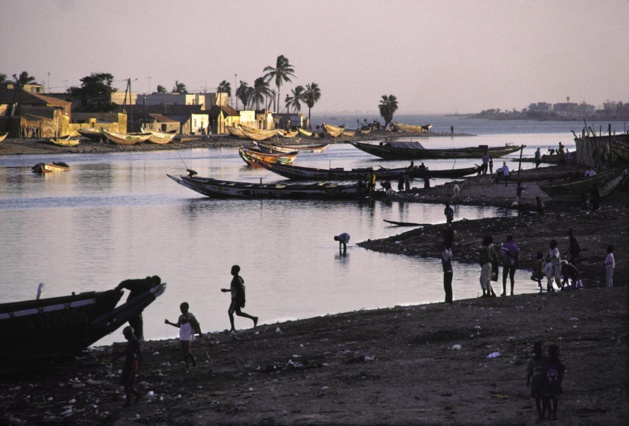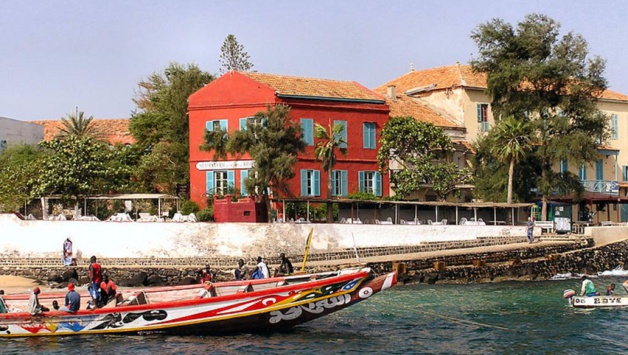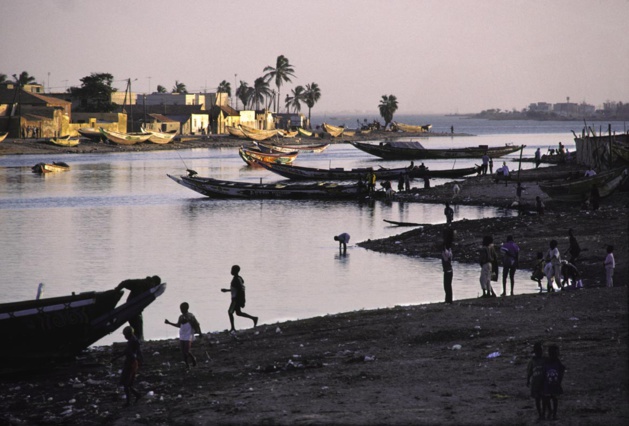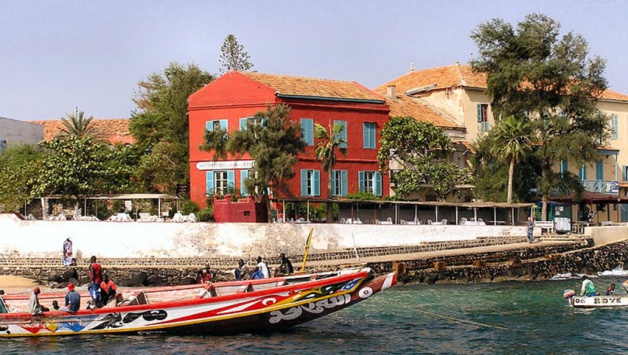
Credit : Desjeux
Behind fishing, tourism is the second line of business in Senegal. However, the situation today is alarming: the fall began after the financial crisis of 2008, and has accelerated since 2012. The country suffers heavy losses, as explained by Babacar Beuz Diedhiou, a Senegalese journalist: “The Senegalese tourism does not generate significant revenues any more, for Senegal is no longer a popular destination, and does not sell itself like before”.
The number of issued visas shows the decline of the touristic sector. In November 2013, Abdoulaye Daouda Diallo, the Senegalese Minister of the Interior, announced that “85 736 visas have been issued in four months”. Communication has been scarce since then. Besides, according to the Senegalese consul in Paris, there were only “19 738 issued visas” in 2014, whereas almost two thirds of the entry visas in Senegal are issued in the French capital. The decrease continued in the first half of 2015, with the attribution of 3 577 visas from January to April.
The causes behind the crisis
The weakening of the Senegalese tourism sector can be explained in several ways. One of them is the introduction of a paid-for visa, in July 2013: a document of 50 Euros per person, whereas Senegal was already an expensive destination, particularly because of the surtax of the plane tickets. “Last season, after the authorities established the biometric visa, the tourist attendance dropped by 30-40 %”, explains Jean-Paul Fontaine, owner and manager of a five-star motel in the South of the country. Furthermore, this decreasing attendance partially caused hundreds of employees to be laid off.
From President Macky Sall’s words, this measure was meant to “enhance the dignity of the Senegalese” who have more and more trouble reaching the Schengen area or North America, because acquiring visas gets more and more complicated for them. At state level, this would also stand for a new source of income. In spite of its consistency, this measure still raised controversy in the touristic sector, which already experienced a serious crisis. The increase in the prices of visas made the trip more costly for tourists.
The fear of seeing the virus Ebola reach Senegal is also a factor which hampered tourism. The country shares a border with Guinea, one of the three main centers of the epidemic in West Africa. However, only one case was signaled in 2014, and the person was healed before being sent back to Guinea. According to the World Health Organization, the country has been “Ebola-free” for several months. Therefore, this should encourage tourists to come back, even though the risks to fall ill with the virus were already very low.
Today, the main source of fear is not the virus Ebola, but the activism of terrorist groups, which has expanded in the Sahelian band (Mali, Mauritania, Niger, Chad). Tourists are advised against the Malian border and part of the border with Mauritania, as well as some parts of Casamance, in the South of the country.

A will to bounce back
Facing those multiple issues, the government had no choice but to act strongly. On April 3rd, 2015, Senegalese President Macky Sall took advantage of the celebrations of independence to announce the implementation of several measures. “The paid-for visa to enter Senegal will be deleted from May 1st, 2015. Quasi-taxation of airplane tickets will be reduced of 50% to decrease the price of the tickets. Those measures are added to the suppression of the stamp duty on airplane tickets”.
Those decisions were immediately applauded by the hotel industry. Moreover, the President introduced a budget of 5 billion CFA francs for tourism. A new airport with an initial capacity for 3 million passengers is also about to open in December 2015. It should help regulating the flow of tourists and the organization of travelers.
While there is a will to make the touristic sector bounce back, efforts still need to be made, particularly on communication. As Babacar Beuz Diedhiou points out: “Senegal is the only country in the world which does not communicate on its assets to sell itself as a destination”. Even though it has important assets at its disposal, on both regional and international markets, the country has not started to recover yet. This is made all the more difficult by the emerging of new destinations, like Cape Verde, an archipelago located to the West of Senegal. The country targets a million tourists by 2020.
As for the 5 billion CFA allocated to tourism by Macky Sall, it still pales in comparison to the 30-40 billion spent by Morocco in the same sector. There is still a long way to go to attract 3 million tourists per year by 2023, a figure announced by the President at the beginning of his term of office. There were a bit more than a million of them in 2013 according to the Ministry of Tourism, but 400,000 according to the professionals in the sector.





























